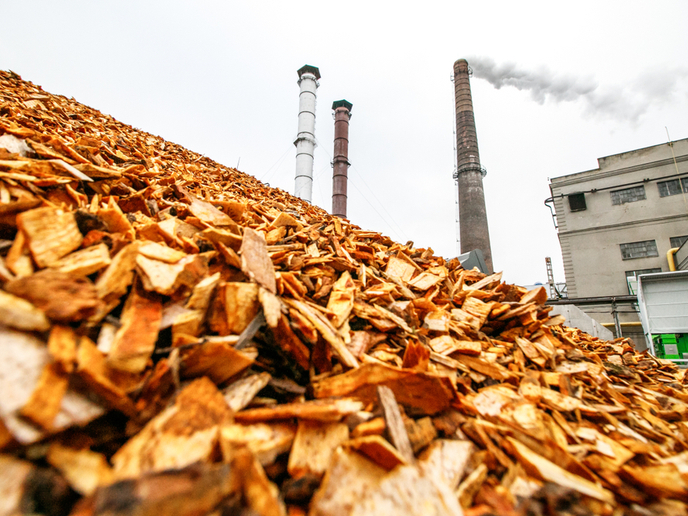From waste to construction
Waste and other residues from agriculture and forestry are increasingly seen as a useful source for the production of clean, sustainable and affordable high-value fuels or chemicals. To realise the full potential of cellulose-based, non-edible biomass and agricultural waste as a low-carbon alternative to fossil fuels, it’s crucial to assess their prevalence. Supported by the EU-funded REHAP project, researchers have addressed the issue of how to forecast the availability of such feedstock. Their findings were published in the ‘Journal of Cleaner Production’. The questions raised by the paper are: “What feedstock shows the highest potential? Where is the feedstock spatially allocated? How will the supply develop in future?” The same journal article states: “The aim of this research was to develop a methodology for spatially explicit prediction of the theoretical, technical and bioeconomic potential of agricultural residues. The forecasting horizon is medium term and covers the period from 2017 to 2030.” The research focused on wheat straw, corn stover (stalks, leaves and cobs), barley straw and rapeseed straw. These represent 80 % “of cereals and oil crops harvesting residues in the European Union,” according to the paper. It concluded: “The results indicate the largest increase of all investigated crops was for corn stover at up to 20 per cent between 2017 and 2030. Barley straw potentials are expected to stay rather constant within the coming decade. Rapeseed is the only crop likely to face a decreasing production in many regions in the coming years.” Creating green buildings from waste The REHAP (Systemic approach to Reduce Energy demand and CO2 emissions of processes that transform agroforestry waste into High Added value Products.) project was launched to transform agricultural and forestry waste into bio-based materials. A newsletter on the project website summarises its objective: “The broader aim of the Rehap project is to create new materials for the construction sector that are derived from agricultural and forestry waste.” REHAP partners believe the forecast approach outlined in the ‘Journal of Cleaner Production’ article will ensure that the biomass used in Europe is sourced sustainably and will help the advancement of a circular economy without damaging other sectors. “The publication of this paper will also provide other researchers access to the new and improved forecast, facilitating a significant step towards a greener and more resourceful use of natural resources in Europe, whilst promoting a more competitive bioeconomy,” the same newsletter notes. As explained in a factsheet on the project website, agroforestry residues are already used in several areas, including animal feed and bedding, new farming technologies and horticulture. It notes that the project “is taking underutilised waste from agriculture and forestry and extracting lignin, cellulose, tannin and hemicellulose. It is then using these compounds to create biopolymers, which can then be used to make high value-added construction materials, which are normally derived from fossil fuels.” It adds: “These compounds have the potential to replace a substantial share of the 50 Million tonnes (Mt) of crude oil currently used in the EU chemical industry.” For more information, please see: REHAP project website
Countries
Spain



